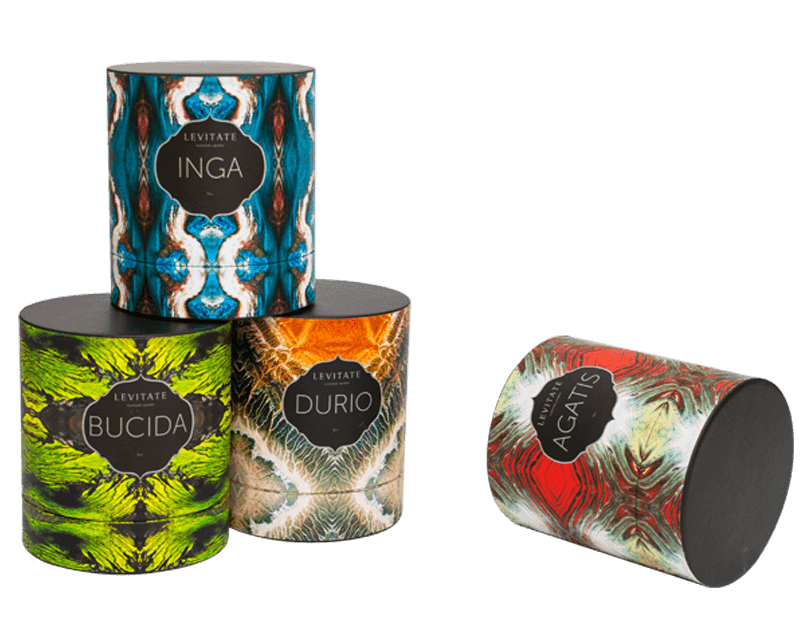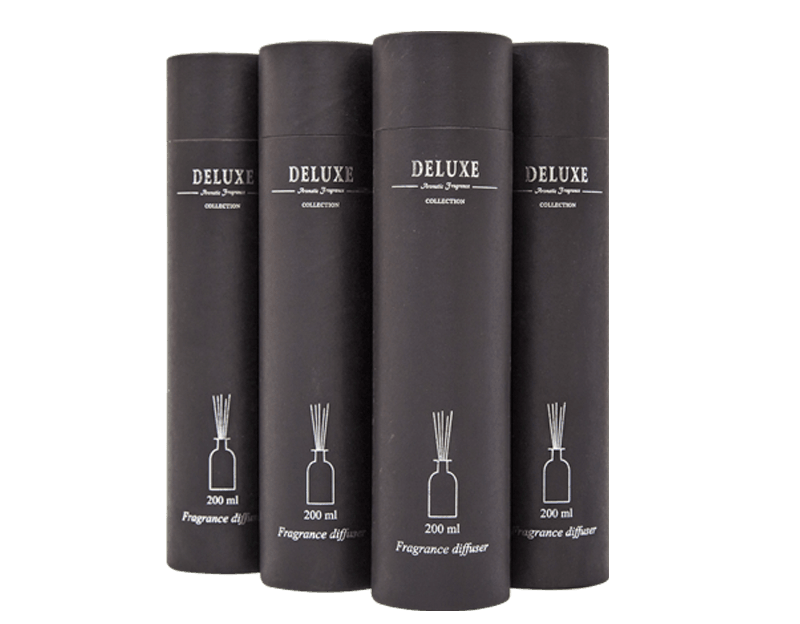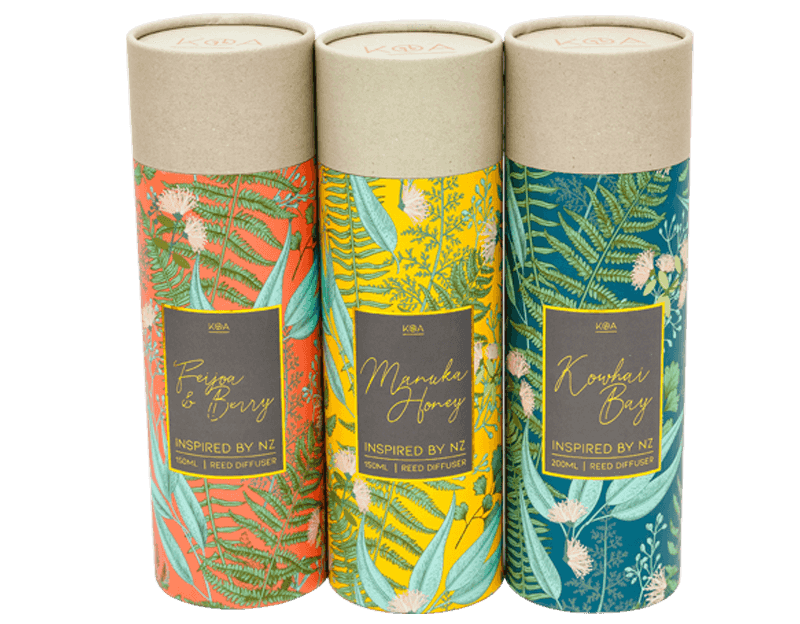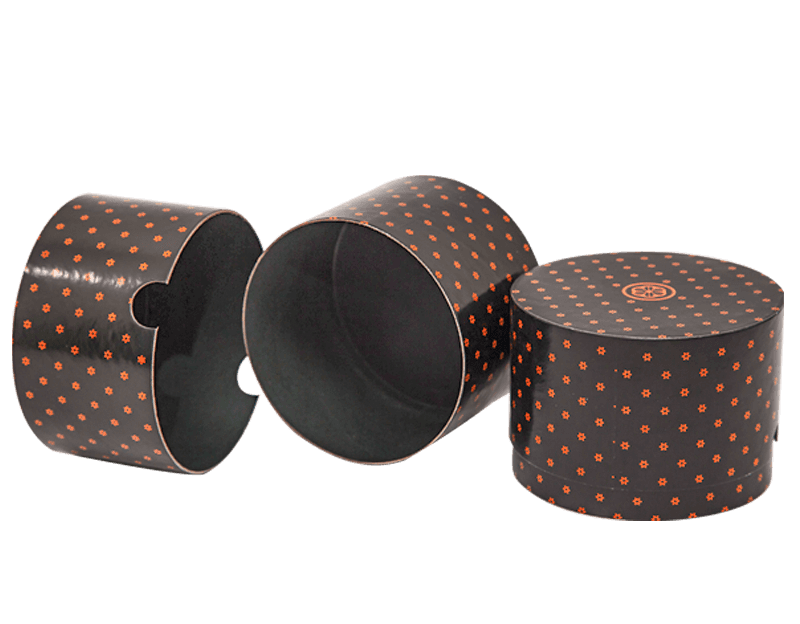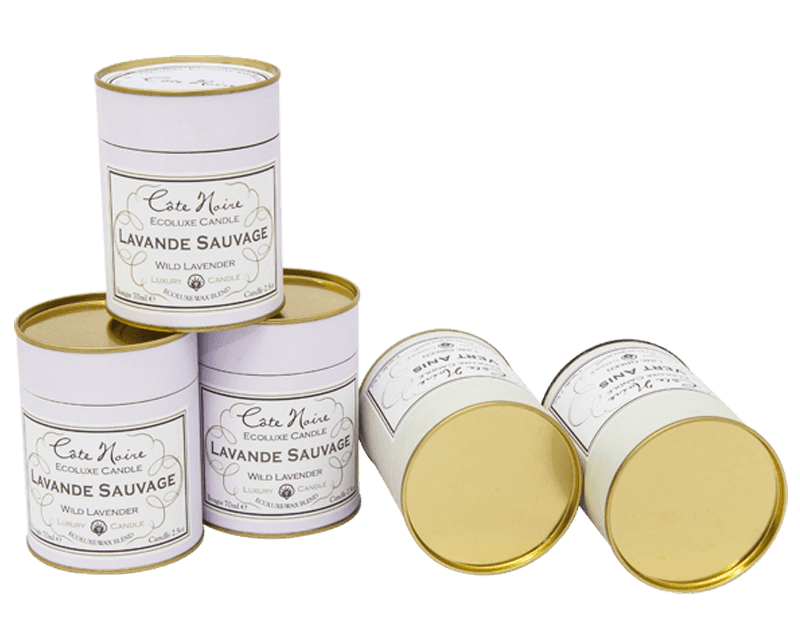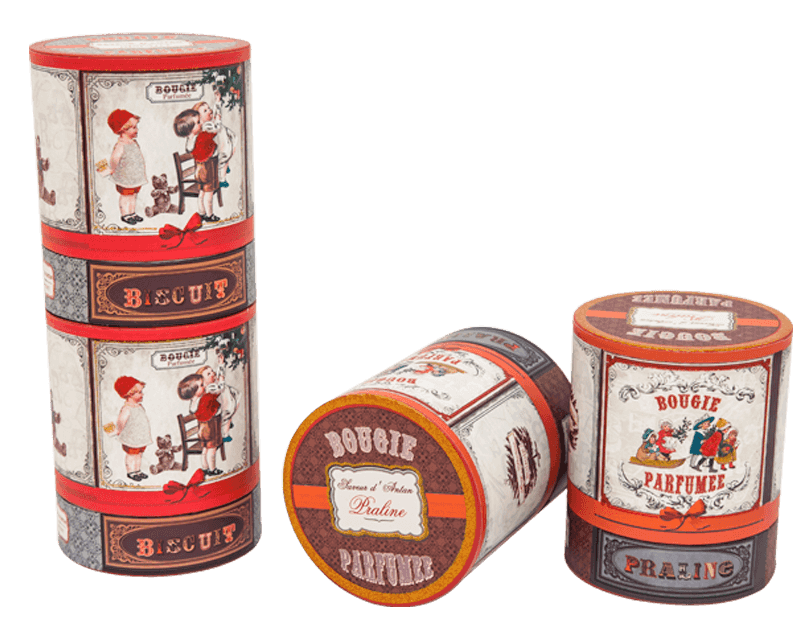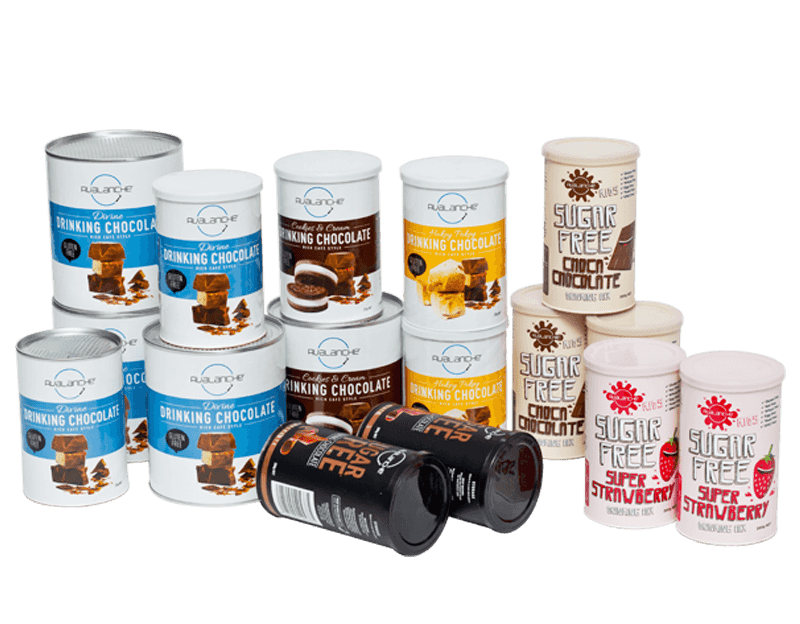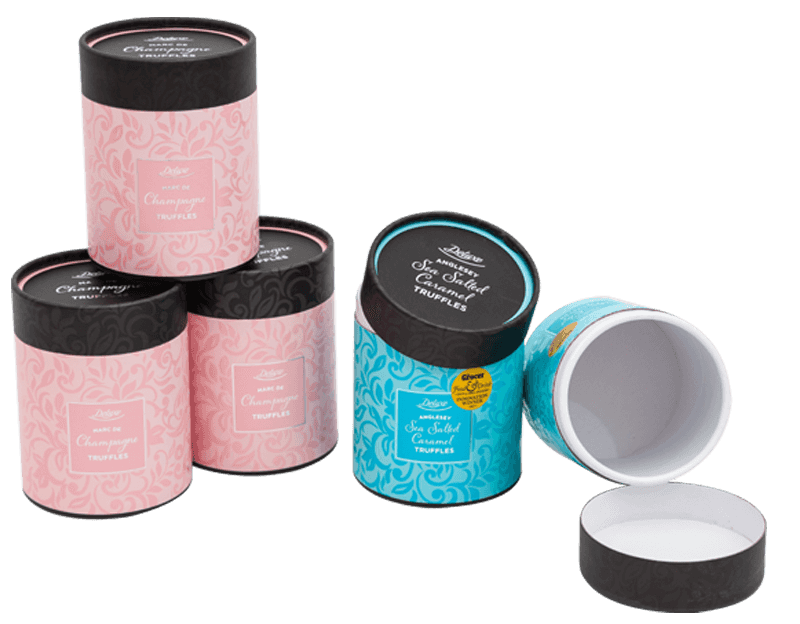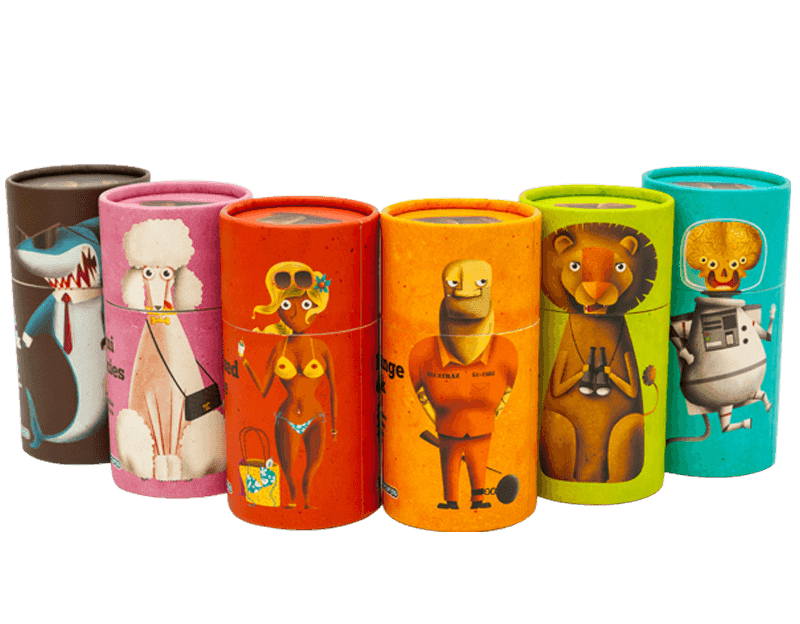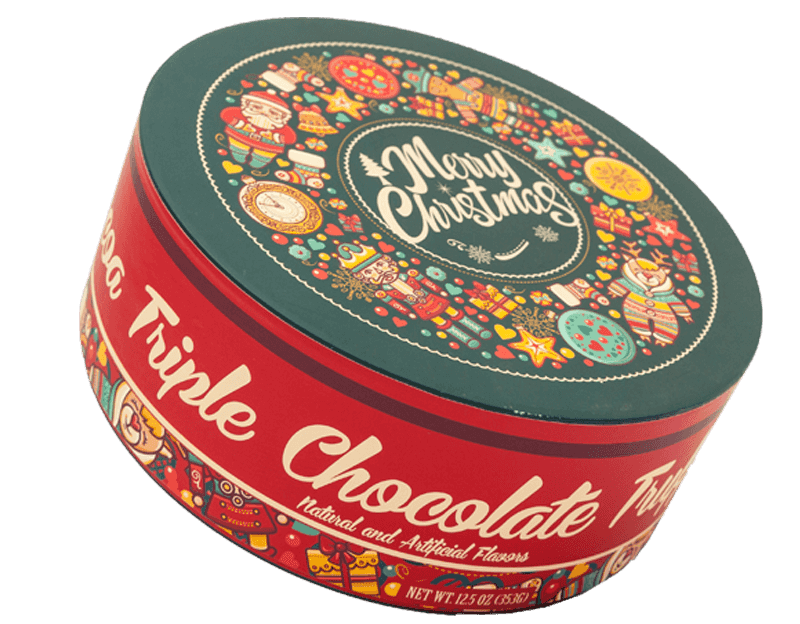As one of the top China cardboard tube packaging manufacturers and paper tube packaging suppliers, we devote all of our efforts to research and launch more high quality packaging products to global market.
Raw Material Costs: The cost of raw materials, primarily paperboard, plays a significant role in determining the overall cost-effectiveness of paper canisters. Fluctuations in the prices of raw materials can directly impact production costs. Additionally, the availability of sustainably sourced materials and their associated costs can influence the overall cost-effectiveness, especially as consumer demand for eco-friendly packaging continues to rise.
Manufacturing Processes: Efficiency in manufacturing processes is crucial for cost-effectiveness. Streamlining production processes, implementing automation where possible, and optimizing workflow can help reduce labor costs and increase overall productivity. Investing in modern machinery and technology can also improve efficiency and reduce production costs in the long term.
Design Complexity: The complexity of the design of paper canisters can impact production costs. Simple designs with fewer intricate features typically require less time and resources to manufacture, making them more cost-effective. Conversely, complex designs that involve multiple components, custom shapes, or unique closures may require additional processing steps and materials, leading to higher production costs.
Volume and Scale: Economies of scale play a crucial role in cost-effectiveness. Higher production volumes generally lead to lower per-unit costs due to spreading fixed costs, such as machinery depreciation and overhead expenses, across a larger number of units. Therefore, manufacturers often seek to maximize production volumes to achieve economies of scale and improve cost-effectiveness.
Transportation and Logistics: The cost of transporting and storing paper canisters can significantly impact their overall cost-effectiveness. Optimizing logistics, such as choosing efficient transportation routes, consolidating shipments, and minimizing storage costs, can help reduce these expenses. Additionally, proximity to raw material suppliers and customers can further optimize transportation costs and improve overall cost-effectiveness.
Customization Requirements: Customization, such as branding, printing, or specific size and shape requirements, can add to the cost of paper canisters. While customization is often necessary to meet customer preferences and branding objectives, manufacturers must balance these requirements with cost considerations to maintain overall cost-effectiveness. Standardizing certain aspects of customization or offering pre-designed templates can help reduce costs while still providing a degree of customization.
Durability and Performance: Ensuring that paper canisters meet performance requirements and provide adequate protection for the packaged products is essential for maintaining cost-effectiveness. While investing in higher quality materials or additional protective coatings may increase upfront costs, it can reduce the risk of product damage or spoilage during transportation and storage. Ultimately, this can lead to cost savings by minimizing product losses and customer returns.
Environmental Considerations: Although initially seeming to increase costs, investing in environmentally friendly materials and processes can enhance the long-term cost-effectiveness of paper canisters. While sustainable materials may come at a slightly higher price, they can help reduce long-term costs associated with waste disposal, regulatory compliance, and potential reputational damage. Additionally, meeting consumer preferences for eco-friendly packaging can provide a competitive advantage and drive brand loyalty, further enhancing cost-effectiveness over time.
 English
English Español
Español
